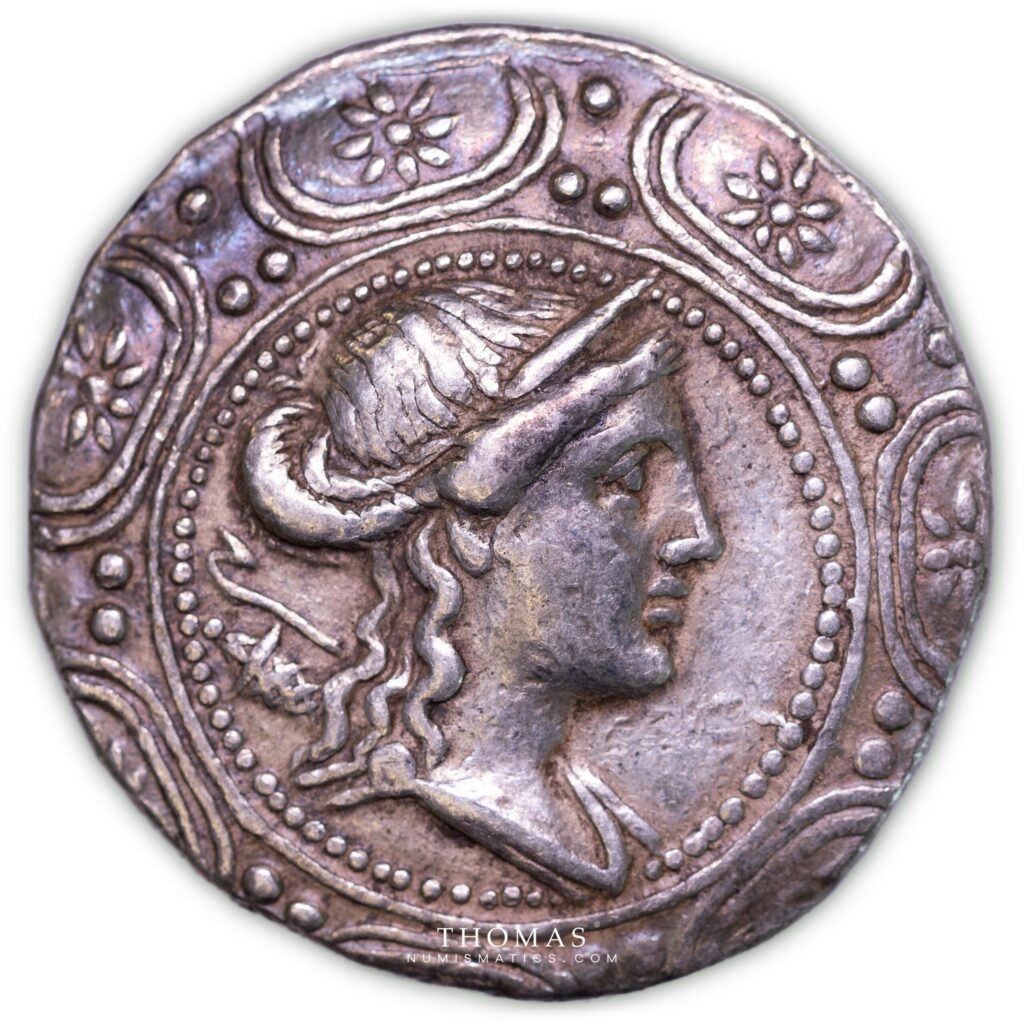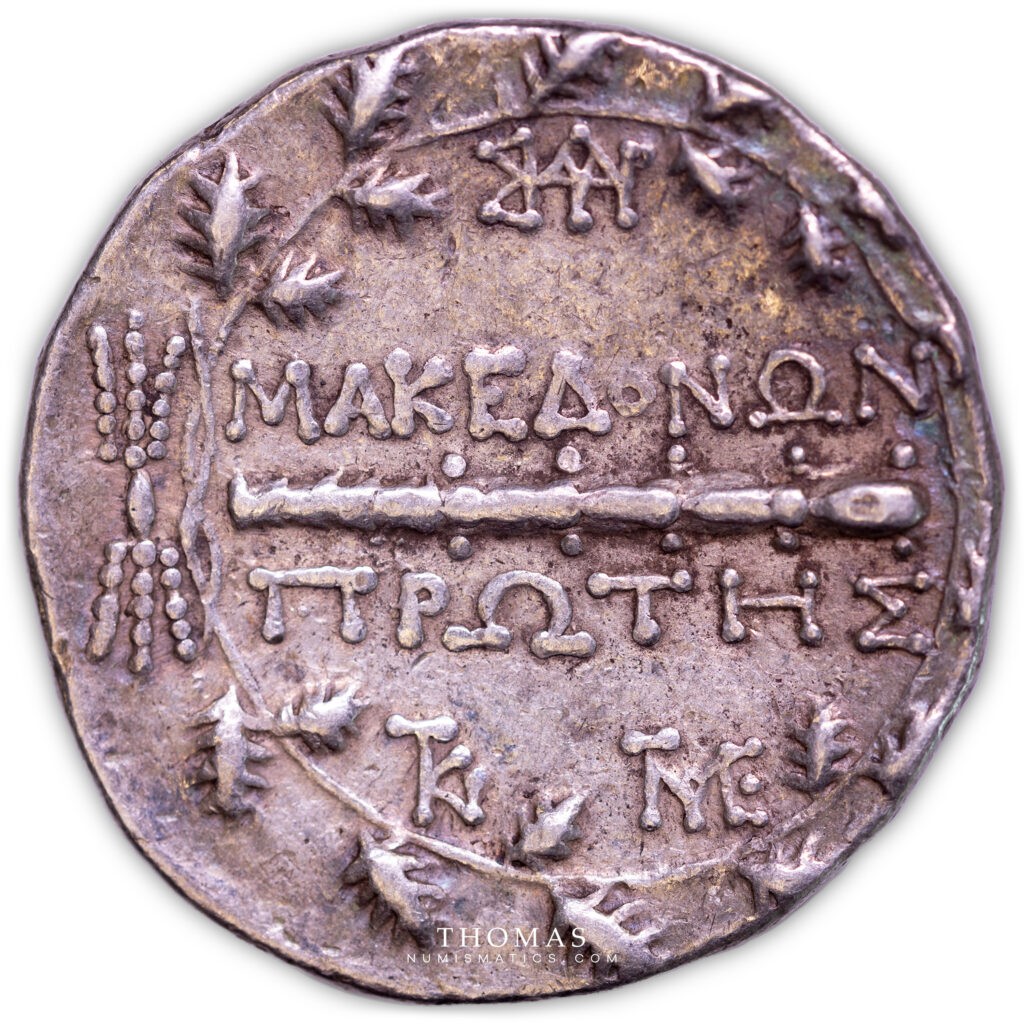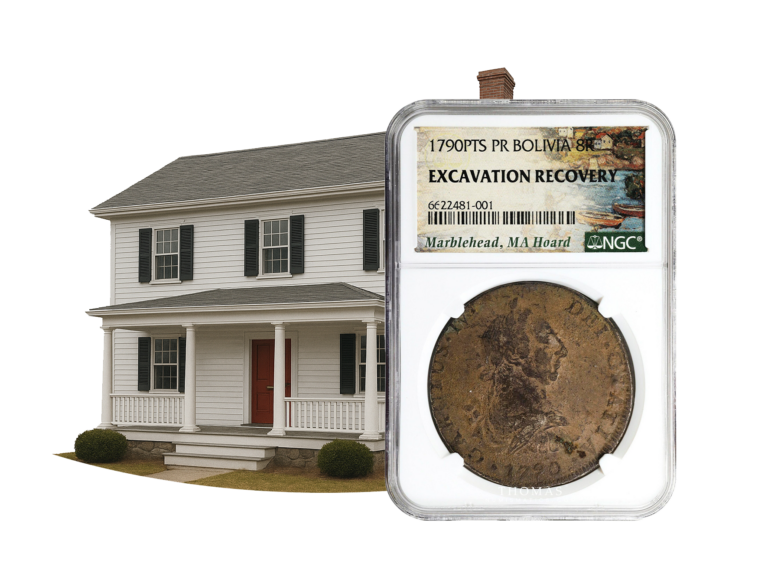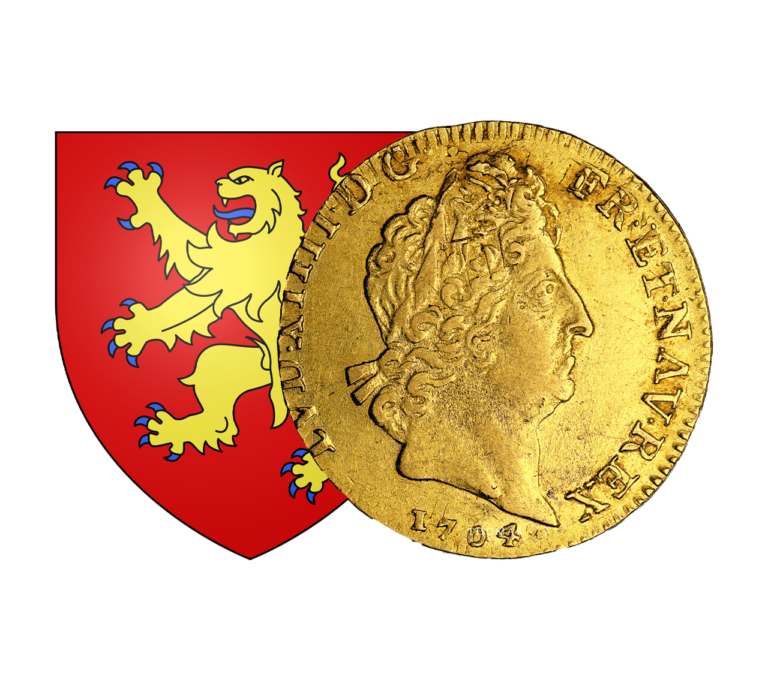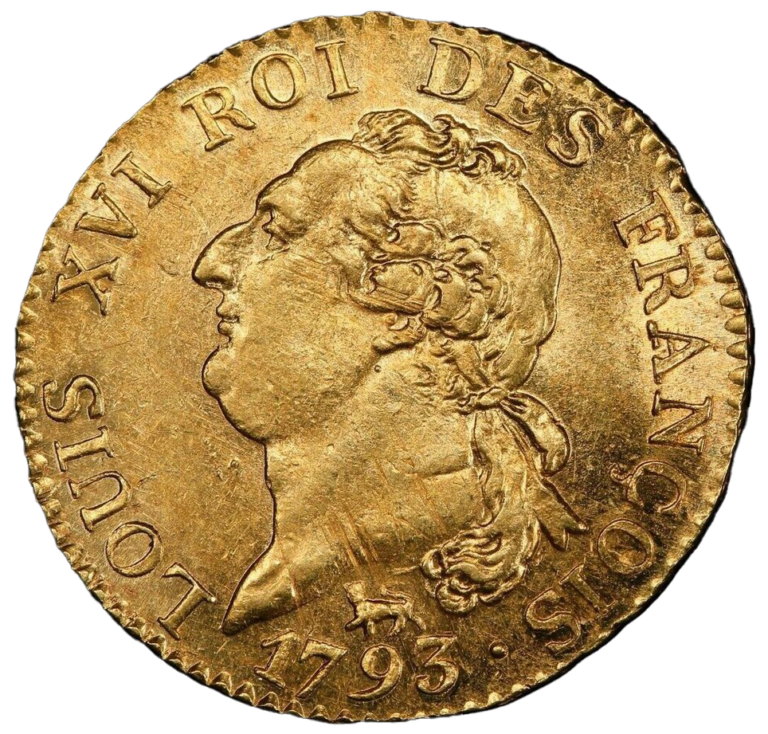
Discover all the news and articles from TNUMIS Magazine exclusively
Ancient drachma: a thousand-year-old currency
The drachma was the Greek monetary unit, during Antiquity, but also before the arrival of the euro from 1831 to 2000. It is therefore the witness of a part of Greek history and contains a considerable interest for numismatists.
The ancient drachma: history and value
Archaeological researches place the appearance of the drachma around 550 BC. The coin would have been born in Lydia, in Asia Minor. Gradually, coins became the main payment methods throughout mainland Greece. The first coins were minted in central Greece (Aegina, Athens and Corinth), in the north and on the island of Siphnos.
Drachma comes from the Greek word drax, which means “full hand”. It was so called because it corresponds to six obol coins, the maximum number of coins that could be held in one hand. The ancient drachma was mainly minted in silver, some of them were produced in bronze later, in the 4th century BC, but they did not circulate for long. The gold drachma was much rarer.
The obolus is therefore a division of the drachma. First in silver, then in bronze, it is divided into eight chalkos or twelve depending on the region of Greece. The chalkos is in bronze and the smallest known division. The drachma also has multiples, including the didrachma worth two drachmas, the tetradrachma (or stater) worth four drachmas and the decadrachma worth ten drachmas. The golden stater was worth two drachmas of gold or twenty drachmas of silver.
The power of the Greek Drachma
The drachma is considered the most important currency of the time. It is mentioned in Greek mythology, in the New Testament and in the Koran. In the Gospel according to St. Luke, we can read the parable of the lost drachma which inspired many artists in the history of art.
The diversity of the ancient drachma is all the more important in numismatics as each city minted its own monetary series with its symbol. Each of them wanted to outdo the others and show their power by minting the most beautiful coinage that would be seen beyond their borders. Therefore, it is easy to recognize the origin of an ancient Greek coin.
The most famous is undoubtedly the Athenian drachma with the effigy of the goddess Athena on the obverse and an owl with an olive branch on the reverse. These symbols of wisdom have also been taken up on the coin of a Greek euro. A way to pay tribute to the history of Greece, to its past and to the first world coin used on the European continent.
The other drachmas that were very successful throughout history were those of the Kingdom of Macedonia, and particularly those of the reign of Philip II. He takes part in the rise of the kingdom from the IVth century and extends its domination on continental Greece. He orders to strike the obverse of the ancient drachmas with the portrait of Zeus and its own portrait with a horse on the reverse or a young naked rider with the insignia of the victory. This was to establish his power and show the power of the empire to the world, a form of propaganda of the royal ideology. His son, Alexander the Great, extended the empire to Persia and Asia. The drachma became the most widely used currency in all the conquered territories and this, until the beginning of the Roman Empire.
The drachma not only testifies to the Greeks’ sense of aesthetics and craftsmanship, but also to Greece’s commercial power. It was truly the first international currency and circulated throughout Europe and Asia.
Discover regularly ancient drachmas on our shop.
Sources :
Musée de la banque nationale de Belgique
Horizon
Wikipedia
